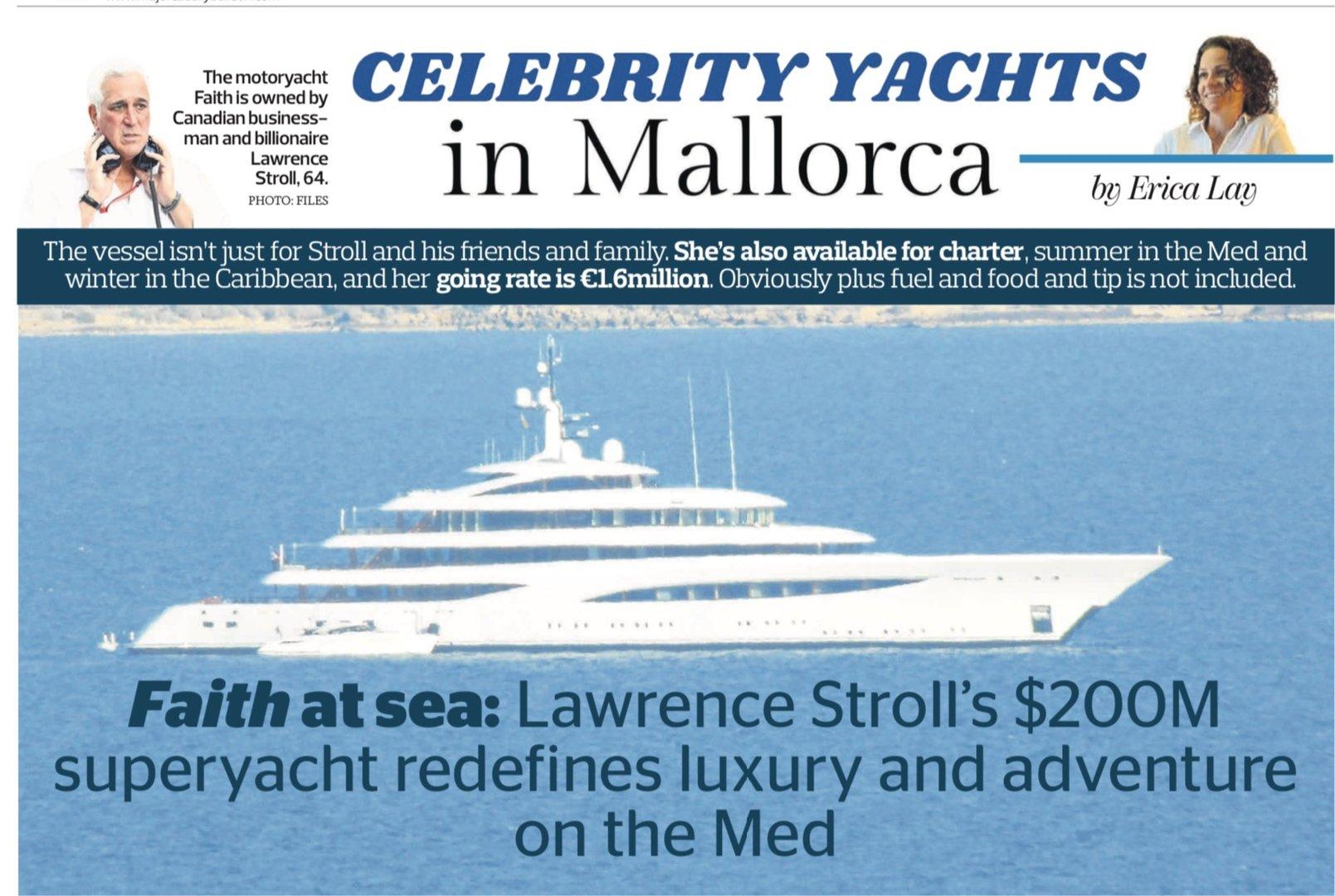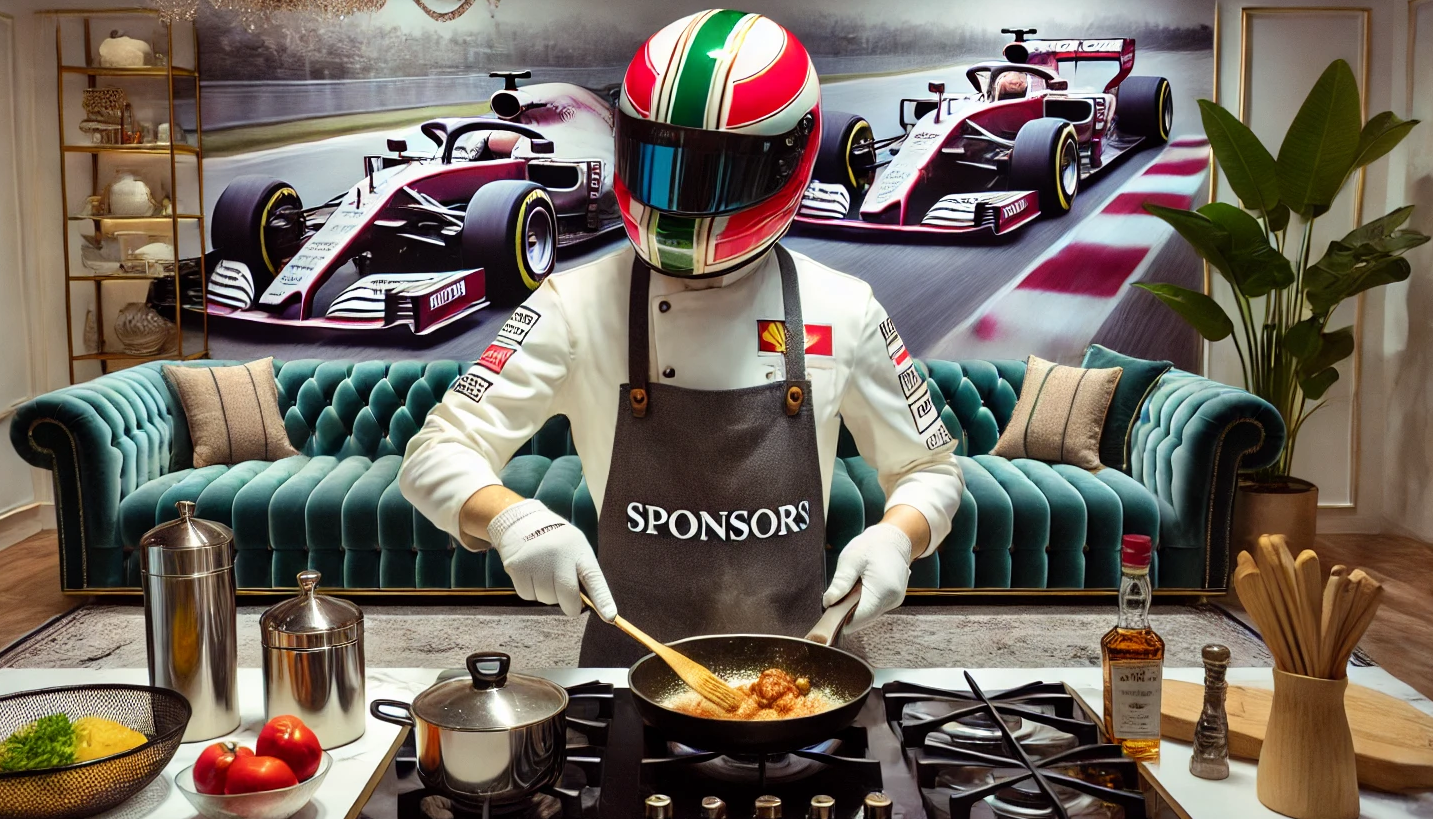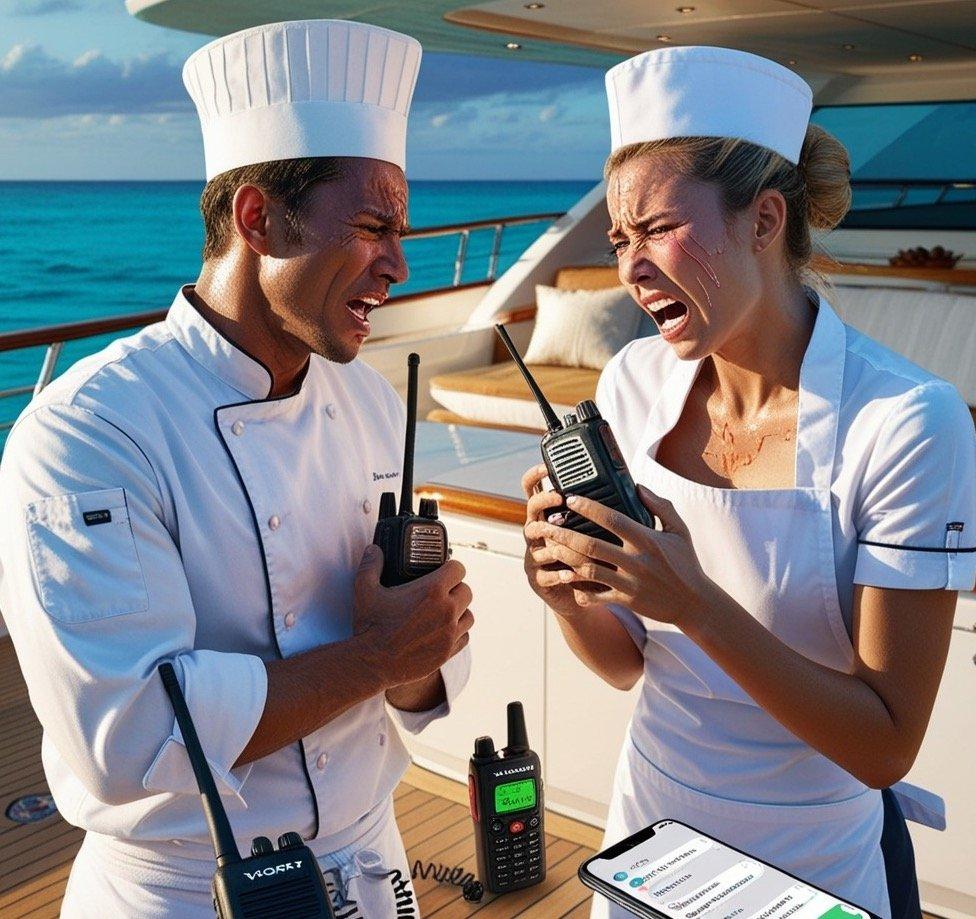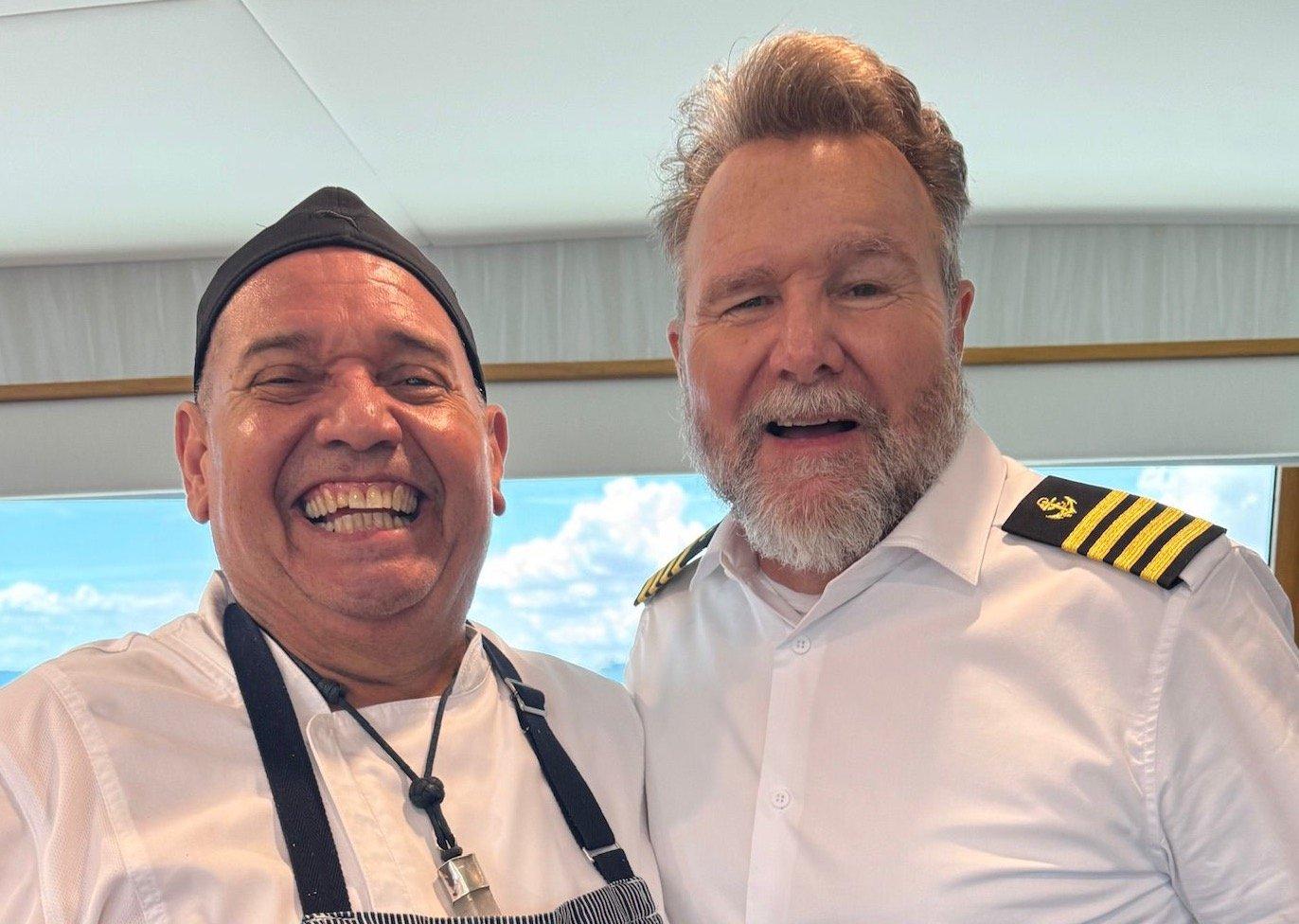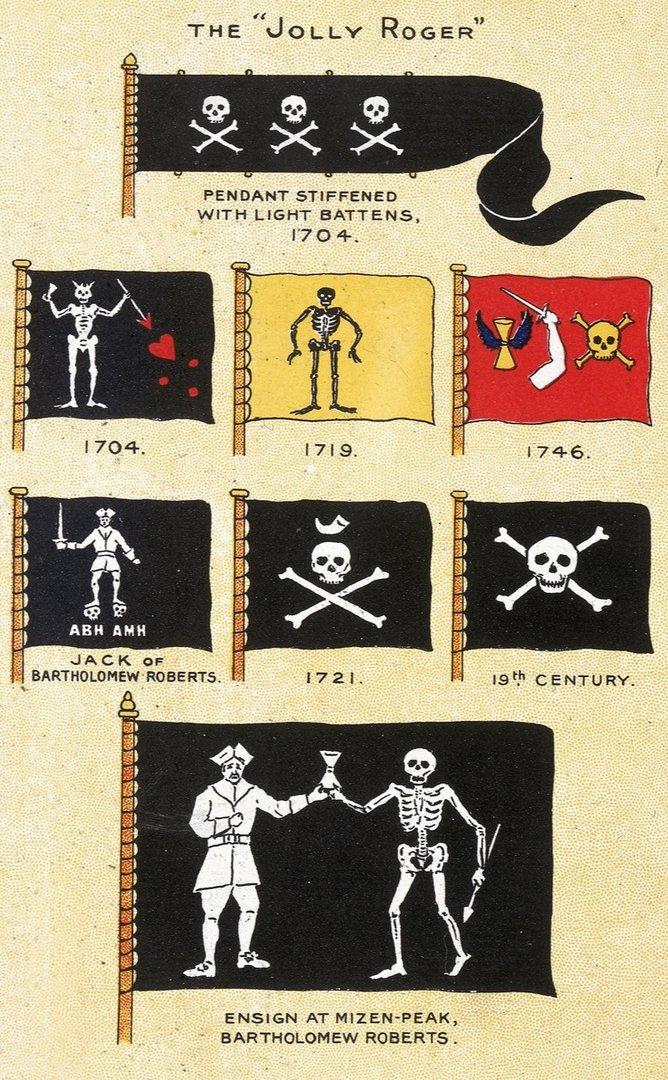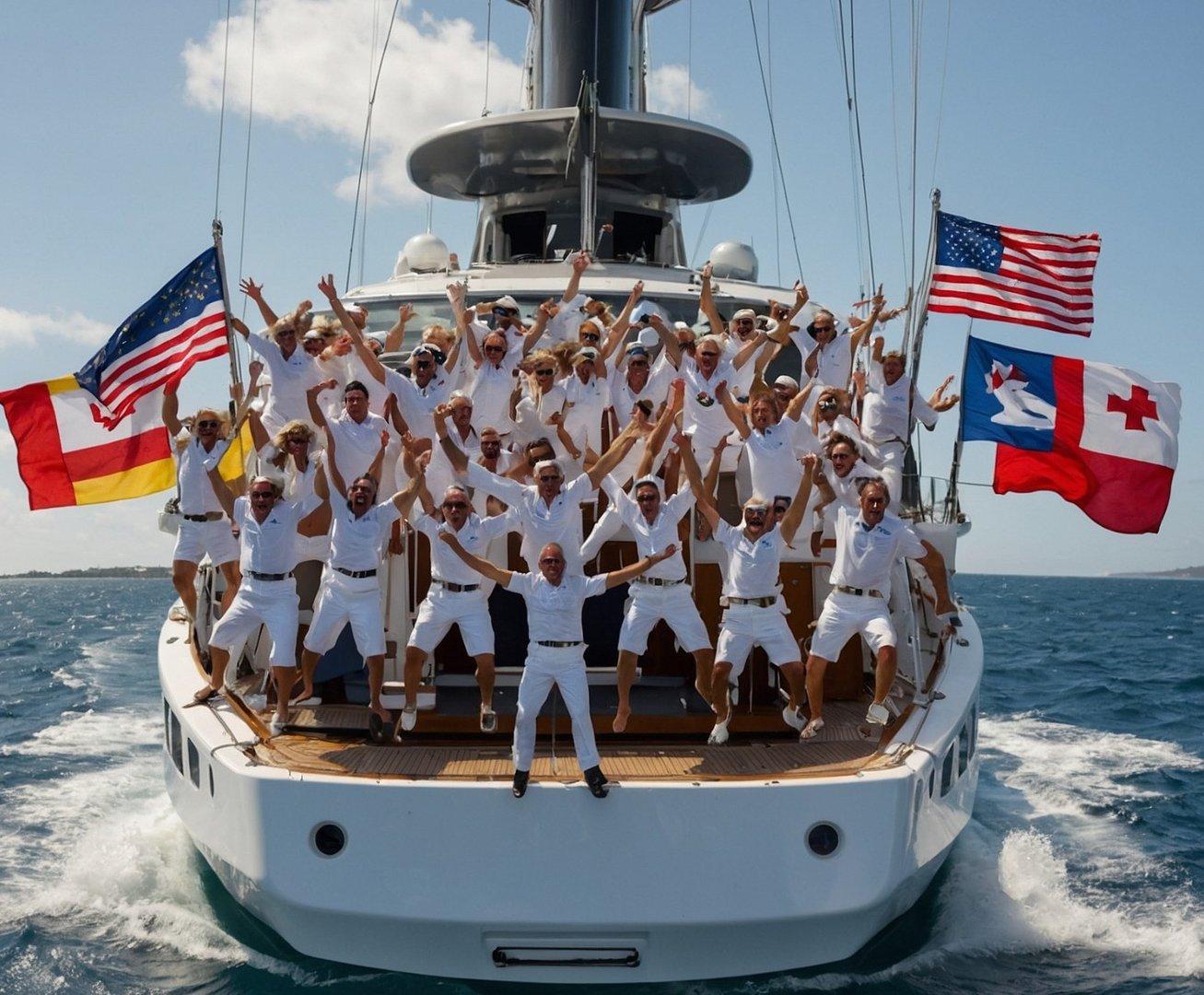Hub – THE A TO Z OF B1/B2 VISAS
To help you with your application and answer any questions you may have, we present our comprehensive guide: “The A to Z of B1/B2 Visas”. With Courtesy of James van Bregt & ESTELA SHIPPING. #24/0182.
November 10, 2024 · 8 min read
The transatlantic yachting season is coming and crew recruitment remains hot. The Med season has seen a shortage of experienced crew, so those with B1/B2 visas are in especially great demand right now.
If you don’t have yours already and are hoping to winter in the Americas, West Indies and the Caribbean, here’s what you need to know…
The ‘B1/B2’ visa
Non-immigrant visas for entering US territory temporarily are classified ‘B-1’ for business, ‘B-2’ for pleasure, or ‘B-1/B-2’ for a combination of both. Valid for up to 10 years for stays of up to six months, it is not specifically designed for yacht crew, but it is the most appropriate class of visa for the industry, says the US State Department.
NB. DO NOT apply for the C-1 crewmember visa, as this is designed for other seafarers.
Work restrictions
Following a COVID-era tweak to the rules, non-US crew can work on foreign or US-flagged yachts in US waters, though NOT employed directly by a US employer or on a US-registered payroll. US taxation laws for foreign nationals are a world of pain anyway, so this is always best avoided in any case.
Note that working, or accepting a job, while in the US on a holiday visa (B-2) is illegal and will get you deported if caught. This is technically also the case throughout the EU, though is generally not enforced. The US is less forgiving, so should you happen to be offered a job on board while ‘vacationing’ in the country, you will need to leave the US as a tourist (B-2) and re-enter as a worker on your B-1 visa, with the relevant boat papers. You may register with crew agencies, etc, while on holiday, but you can not officially accept the job while in the country as a tourist; you must exit first.
Unlike in the EU, you may not technically step off one foreign-flagged boat in US waters and join another back-to-back. It is a grey area that is best avoided by exiting the US and re-entering with fresh boat papers and the commensurate documentation.
How to apply
- Complete the application form (DS-160) and make an appointment at your nearest US embassy or consulate. In our case, in Palma de Mallorca and Barcelona, we use Madrid. COVID has created a severe backlog and reduced availability of appointments, so it can be worth trying other embassies if you have no joy in Madrid. The complete list of consulates is here: https://travel.state.gov/content/travel/en/us-visas/visa-information-resources/list-of-posts.htmlwhile official appointment waiting times can be found here: https://travel.state.gov/content/travel/en/us-visas/tourism-visit/visitor.html. While published waiting times for appointments can be extremely long, it is possible for seafarers to request an urgent appointment at the end of the online application process.
- This useful page lists appointment waiting times by location, if you are able to travel to an appointment: https://travel.state.gov/content/travel/en/us-visas/visa-information-resources/global-visa-wait-times.html. The published times change frequently, so check the list for the latest updates and call your intended destination to confirm their latest status.
NB. It is crucial in your application to establish that you do not intend to abandon your residence abroad, as per rule 9 FAM 402.2-5(C)(5) (U) of the Foreign Affairs Manual. Usually, this will be ongoing property/residential ties, family ties, bank accounts and ongoing payments, car papers, and any other permanent connections to your country of residence.
- Pay the non-refundable application fee of US$185. For some nationalities, additional fees can apply.
- Print the application form and payment confirmation, and bring them with you to the appointment, as well as your passport (valid 6+ months beyond your stay) and two passport photos that meet the required format. Also bring any and all available supporting documentation showing the purpose of your visa application, such as boat papers, Seaman’s Book, employment letter or contract, yacht itinerary, proof of seafaring work history, future travel planned/booked and, importantly, proof that you can afford all expenses for the duration of your visit. If you have an old passport that shows a problem-free travel history (ie. no revoked visas or overstays, etc), bring that too. If in doubt, get an agent to check your documentation.
- It is not necessary to have a job lined up to apply for a B1/B2, but it can help. If you happen to be joining a commercial charter yacht, it’s an idea notto volunteer the name of the yacht, or at least, request an offer letter that doesn’t mention the boat’s commercial status. By letter of the law, “Yacht crew who will provide services on board a recreational vessel and who are able to establish that they have a residence abroad which they do not intend to abandon, regardless of the nationality of the yacht, are classifiable B-1”. In other words, the B-1 is aimed at crew on private vessels. Even though ‘commercial yachts’, as we say in yacht-speak, are considered private, it’s worth avoiding any confusion.
Success in an individual assessment can never be guaranteed, of course. Should you somehow be denied at the first attempt, it is possible to reapply, but it’s best to be over-prepared than fall short of the requirements. Bring everything with you; from all the official forms and documentation to photos of your pet animals staying behind. The US is convinced that all foreigners want to move there, so it’s down to you to disabuse them of that conviction.
After the interview
- Of course, an important consideration is how long it will take the embassy to issue the visa, if approved, particularly if you need your passport for travel in the meantime. Within the Schengen Area, you may be able to travel with only a recognised ID card, if you have one, though ideally you will want to retain your passport to return to the boat or place of residence while you wait.
- Not all US embassies require B1/B2 visa applicants to leave their passports behind after the interview, though most do. Whether or not you are required to leave your passport behind will depend on the specific embassy or consulate where you are applying for your visa. Check the website of the embassy or consulate to find out their specific requirements.
- If you must leave your passport behind, you will typically be able to pick it up within a few days or weeks, once your application has been processed. Some embassies may offer to courier the passport back to you, hopefully with the visa granted.
- If you are unable to leave your passport behind, you can request an exception, though these are not always granted. To increase your chances of success, stress the urgency and importance of your visa requirement, and be super polite. And bear in mind that you will need to return to collect it.
- Here are some tips for dealing with the passport requirement:
- Check the website of the embassy you are applying to, to find out their specific requirements well in advance
- If you must leave your passport behind, consider your accommodation and/or travel arrangements to and from the embassy
- If you are unable to leave your passport behind, contact the embassy or consulate to request an exception (ask very nicely!)
**Check your visa thoroughly to ensure that all details are correct**
Annotations
For reasons best known to themselves, some US visa officers will sometimes annotate the visa, stipulating the name of the boat for which the B-1 visa is valid. Should you be unfortunate enough to encounter an unhelpful official who inserts such an annotation — in the comments section underneath the issue date on the visa — this means that you will be unable to join any other boat with this visa and will require a new one before travelling to the US for another vessel. Anecdotally, officials in Madrid are particularly keen on this annotation, so we would recommend interviewing elsewhere. If you have experienced similar elsewhere, please do tell us at palma@estelashipping.net.
If in any doubt about the application process, the documentation required for the interview and the interview itself, it is explained in these useful Youtube videos by GrayLaw solicitors in California. They are not specifically aimed at yacht crew, but they are extremely clear and will help you navigate the process:
How to apply: https://youtu.be/dr3XSu1LvPk
Documents to bring to the interview: https://youtu.be/QAHvXxMPYPQ
If you don’t already have a contract, but are job hunting, it’s a good idea to print out some job advertisements from some recruiters’ websites (not social networks) listing a B1/B2 Visa as a requirement for the same type of jobs you are applying for. (hat tip to Lars Molin for this suggestion!)
Also print and bring along this letter by the Marine Industries Association of South Florida. It is addressed to US immigration officers unfamiliar with the yachting industry, explaining why ‘B1/B2’ is the most appropriate class of visa for yacht crew.

The interview itself, the 8 most common FAQs and tips: https://youtu.be/ae4d4l_a0fA

Entry and exit
Actual possession of a valid B1/B2 visa is not a guarantee of entry, as immigration officials still need to be satisfied with the purpose and length of your visit, so you should always travel to the US with the supporting documentation outlined above. Immigration officials in South Florida are used to yacht crew coming through, so denials of entry are rare here. If the boat you are joining is undergoing an extensive yard period, it helps to have a letter from the yard indicating the length of time and nature of work to be carried out. You should, of course, also check for any COVID-related restrictions prior to travel.
As ever, valid visa status and correct stamping of a passport are the bearer’s responsibility, so diarise expiry dates, keep a count of your number of days spent in the country and apply for visa renewal in good time, which you can do from six months out. The US is zero-tolerant to overstaying, so please ensure that you don’t fall foul of the authorities.
Avoid making unnecessary short trips to eg. The Bahamas or the Caribbean, as such visits may raise suspicions with immigration officials if staying on a B1 (work) visa. If the trips are work-related, carry any relevant documentation to justify your exit/re-entry.
Is ESTA a suitable alternative?
Since first publishing this article, we have been asked a number of times about using ESTA as a more-easily obtainable alternative. It can work, especially for short-stay rotational crew members, but there are limitations to bear in mind.
An ESTA would cover you for work trips of up to 90 days and, because it is multi-entry, it cancover you for trips to the Bahamas and back. Just as with the B1/B2, your employer cannot be a US entity with an ESTA. They are valid for up to two years, or until your passport expires, so the B1/B2 is obviously preferred.
There are agents and seafarers who claim that ESTA is valid only for travel via commercial aircraft or bonded vessel and cannot be used on private (or charter) yachts. There is no definitive information about this to be found on US government websites (which focus on passengers rather than crew), so we asked the US Customs and Border Protection section of the Department of Homeland Security for clarification. They replied thus:
“Thank you for contacting the U.S. Customs and Border Protection (CBP) Information Center.
Crew are supposed to have a B1 or B1/B2 visa to enter the US by private yacht. You have to contact the CBP port where the yacht will enter the US to ask if the crew may be allowed to re-enter after a short trip to the Bahamas if they recently entered the US by air and have a current 90 day admission period.”
In other words, you’re supposed to have a B1, but as long as you have documentation to substantiate your travel history, you should be alright. Just make sure that the boat obtains prior approval before arrival.
If you have any questions or would like our assistance with your application, please get in touch on +34 971 72 25 32 or email


